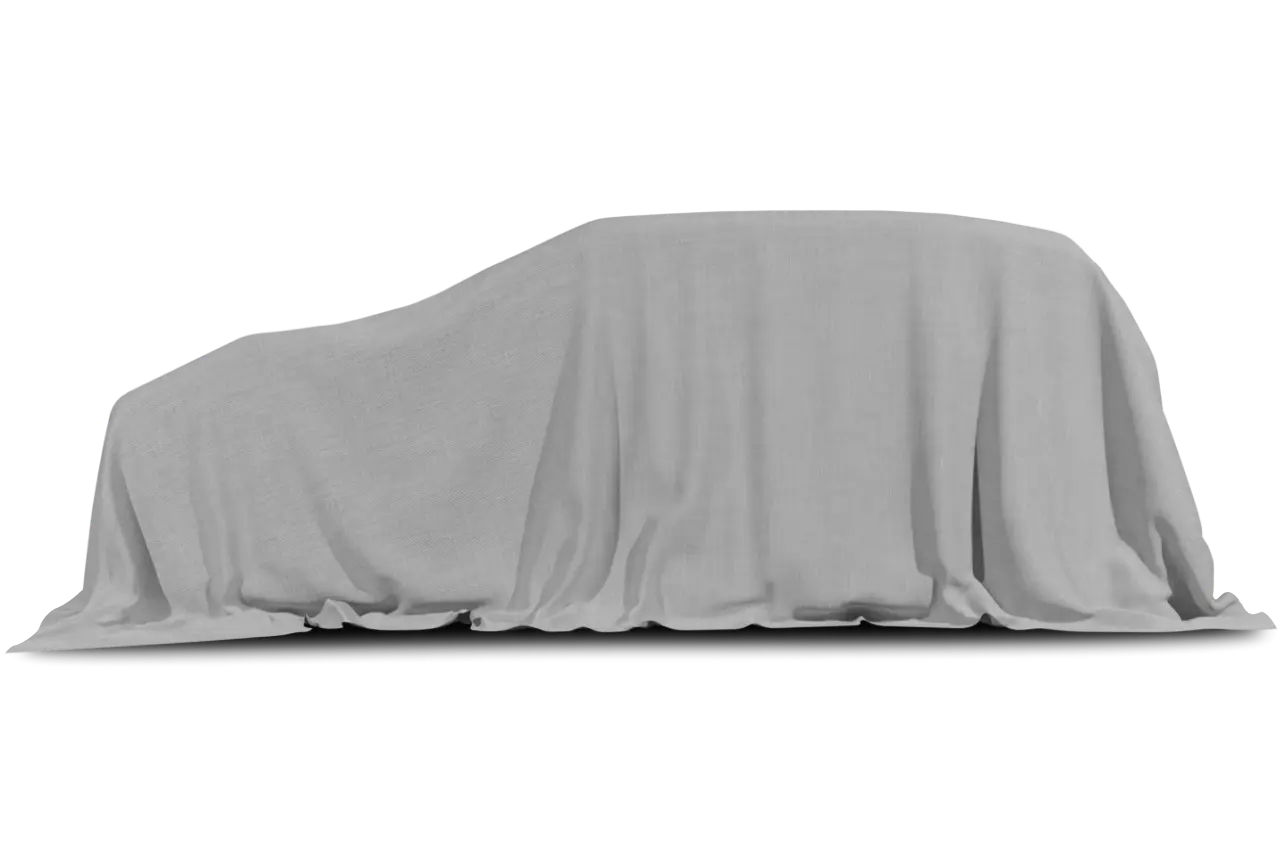
I loved the first Infiniti Q45, which debuted in 1989. It was a big, substantial-feeling, luxury sedan that had an edgy, rather than sumptuous, personality. And its dealers promised top-notch customer service.
But annual Q45 sales quickly peaked at 14,622, and Infiniti was forced to tinker with the car.
Today, after years of changes, the Q45 is all mainstream and not edgy any longer. It’s smaller than the original and has a smaller, more fuel-efficient V-8.
But customers still rave about the service at dealerships, and Infiniti is at or near the top of the J.D. Power and Associates customer satisfaction studies. Best of all, sales of the rear-wheel drive Q45 are improving. I guess that means edgy is out, and pleasing and mainstream are in — sort of like the new Calvin Klein ads.
Frankly, I was expecting not to like this new, pleasant Q. But I did.
Don’t get me wrong. It’s not the same as the old one — not in style, not in looks, not in ambience and overall feel. But it’s a good car, nonetheless, in a mainstream luxury sedan sort of way.
Where the original tended more toward a BMW feel, this one leans more toward Lexus. Where the original Q blazed its own distinctive path, this one incorporates familiar traits from other luxury sedans.
For example, this Q has a much softer ride than before, cushioning riders against bumps with veracity a la Lexus. That’s because, in part, the former front multilink suspension — a pretty sophisticated setup — is replaced with a less expensive, more mainstream MacPherson strut system.
It works well to absorb nearly every pothole, expansion crack and rough spot on the road and makes for pleasant highway road trips. But some drivers might find it a bit too soft and feel the weight shift a bit too much in those tight corners.
Like other “luxomobiles,” the Q’s interior now is oh-so-warm, bathed in soft leather and shiny wood. It’s packed with nearly every feature known to the auto business. Outside, the grille has showy chrome, quite a departure from the original’s more minimalist style.
While I loved the large size of the first Q, I found myself enjoying the more nimble feel of this one. Built on the platform of a Nissan Cima, a model sold in Japan by Infiniti’s parent company, this Q45 has a wheelbase that’s two inches shorter, with a trunk that’s 2.2 cubic feet smaller than before.
Infiniti moved around some of the interior space, so front legroom is shaved about a half-inch but rear-seat legroom is improved. The car is about 200 pounds lighter, too. But I found that unless you’re used to carrying around a trunkload of cargo, you’re not likely to quibble with the resizing done by Infiniti.
You might, however, question the change in engine, especially when you realize that the “45” in Q45 stands for the former 4.5-liter, double overhead cam V-8. The new engine is a 4.1-liter version of tha t engine.
But remember that this car is some 200 pounds lighter than the earlier model. This means the 1998 Q’s power-to-weight ratio is pretty close to the original and, indeed, there’s still good, strong performance from this power plant.
The car is responsive when you need it for highway passing, for example, but smooth and controlled in city driving. It gets better gas mileage, too, with this smaller engine.
With a few more miles in this new Q45, I just might forget about the old one.
SPECS
What we drove: 1998 Infiniti Q45t, a mid-size luxury sedan with 4.1-liter, double overhead cam, 32-valve V8 and a four-speed electronically controlled automatic transmission.
Base price: $49,900
Price as tested (includes options and delivery charge): $50,395
Curb weight: 3,890
Length: 199.6 inches
Turning circle (curb to curb): 36.1 feet
Standard features: Two fro nt air bags; a ir conditioning; micro-filter system; power windows, door locks and outside mirrors; two side air bags; leather seats; 10-way power front seats; traction control; power sunroof; fog lamps; 200-watt Bose AM/FM audio system with eight speakers, cassette player and in-dash compact disc player; rear defroster; cruise control; Homelink transmitter; dual trip meters; antilock brakes; remote keyless entry; front seat belt pre-tensioners.
Options on test vehicle: None
EPA figures: 18 mpg (city); 23 mpg (highway)


